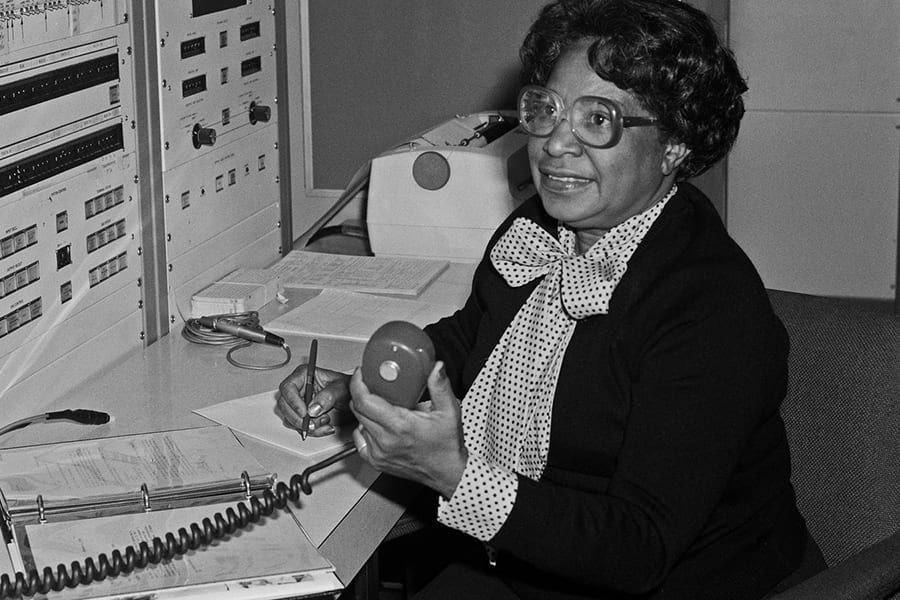For Black History Month, ELYSIAN remembers the trailblazing women of color that sent Alan Shepard and John Glenn into space.

Executive Order 8802 was signed on June 25, 1941 to prohibit discrimination in the nation’s defense industry and establish the Fair Employment Practice Committee.
When President Franklin D. Roosevelt issued Executive Order 8802 in June 1941, it’s unlikely that he knew he would, by default, be advancing both American aeronautic progress and the progress of black women in the workplace.
The order prohibited racial, religious and ethnic discrimination in the defense industry. As the U.S. sent many of its working men and women to war, empty positions in the defense industry left agencies like NACA (later NASA), in search of a new pool to fill managerial, mathematics and engineering positions. The ensuing hiring spree at NACA welcomed an influx of black females, a handful of whom would eventually be recognized as the “Hidden Figures” behind the successes of American aeronautics.
Although FDR’s executive order permitted her hire within the agency, NACA facilities were still segregated when Dorothy Vaughan joined the West Area Computing (WAC) division, made up of “all-black group of female mathematicians” at the Langley Memorial Aeronautical Laboratory in 1943. In 1949, Vaughan was assigned to lead the WAC division, making headway for two minority groups at once as NACA’s first black supervisor and one of few female supervisors. Nearly ten years later, when NACA became NASA, Vaughan and her fellow WAC employees merged with the Analysis and Computation Division, signifying a preliminary step in the agency’s mass effort towards desegregation.
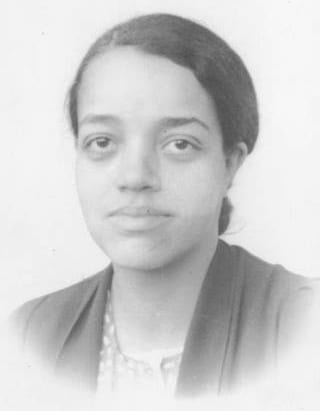
Dorothy Johnson Vaughan
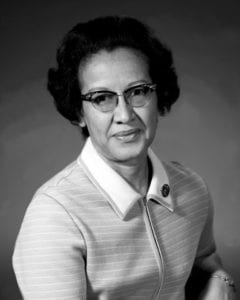
Katherine Johnson
Mary Jackson was another member of the WAC division while it still existed as a segregated unit. Jackson, a 1942 graduate of the Hampton Institute with a dual degree in math and physical sciences, joined the division in 1951, working under Vaughan for two years before being pulled for an engineering position. Jackson ran into a temporary roadblock, as the qualification for this position rested on an engineering certification—available only through classes at the then-segregated Hampton High School. Unwilling to be hindered by discrimination and technicalities, Jackson sought and received permission to enroll in all-white engineering classes. As a result, in 1958, Jackson became NASA’s first black female engineer and co-authored her first report, “Effects of Nose Angle and Mach Number on Transition on Cones at Supersonic Speeds.”
Two years after Jackson, the final member of the group that came to be known as the “Hidden Figures” joined the trio. Katherine Johnson came on board in 1953 and was quickly assigned to a project in the Maneuver Loads Branch of the Flight Research Division. Johnson asserted her role as an accurate, reliable “human computer” during the Space Race and was a crucial part in both Alan Shephard and John Glenn’s missions. Her report, “Determination of Azimuth Angle at Burnout for Placing a Satellite Over a Selected Earth Position,” coauthored with a male engineer, marked the first time a woman received credit for a published research report.
Despite their monumental accomplishments, universal recognition of the Hidden Figures—Dorothy Vaughan, Mary Jackson and Katherine Johnson—did not transpire until more than 60 years after their time at NASA. Hidden Figures: The American Dream and the Untold Story of the Black Women Mathematicians Who Helped Win the Space Race was published by Margot Lee Shetterly in 2016, and was followed by movie Hidden Figures directed by Theodore Melfi the same year. The book, which skyrocketed to the top of the New York Times Bestseller List, and the film, which grossed more than $230 million worldwide, helped escalate awareness of the women’s historical distinctions.
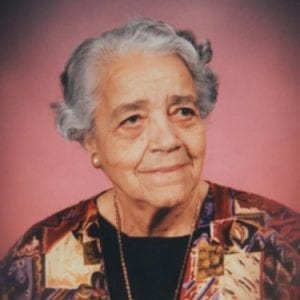
Dorothy Vaughan
(1910 – 2008)
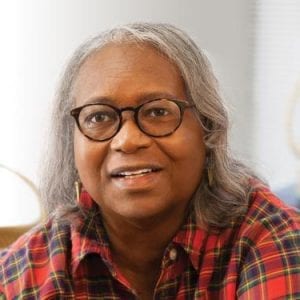
Mary Jackson
(1921 – 2005)
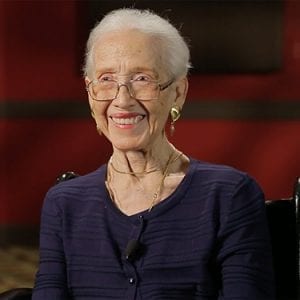
Katherine Johnson
(1918 – )
Johnson celebrated her 100th birthday in Aug. 2018.

